Kangra Fort – In 1556, Raja Dharam Chand gave in to Mughal ruler Akbar and agreed to pay tribute and give up his claims to the fort. However, Raja Hari Chand, the Katoch king, was assassinat by Emperor Jahangir in 1620, and the Kangra kingdom was annex to the Mughal Empire. The fort was taken in 1620 by Nawab Ali Khan, assiste by Raja Jagat Singh, and remain under Mughal control until 1783. Jahangir paid a visit to it in 1621 and instructed the slaughter of a bullock there. In addition, a mosque was construct within the Kangra fort.
Raja Sansar Chand Bahadur II, a descendant of Raja Dharam Chand, began a series of conquests of Kangra with the support of Sikh leader Jai Singh Kanhaiya of the Kanhaiya misl as the Mughal empire began to fall apart. But in 1783, after Mughal governor Saif Ali Khan died, his son gave the fort to the Sikh leader Jai Singh Kanhaiya of the Kanhaiya Misl in exchange for safe passage. Raja Sansar Chand used the services of Sikh misaldars Maha Singh of the Sukerchakia Misl (the father of Maharaja Ranjit Singh) and Jassa Singh Ramgarhia to besiege the fort as a result of Jai Singh Kanhaiya’s betrayal. By means of a peaceful treaty in 1786, Raja Sansar Chand and Jai Singh Kanhaiya obtained Kangra fort in exchange for territorial concessions in the Punjab.
Kangra Fort
With the decline of Mughal power, Raja Sansar Chand-II was able to recover the ancient fort of his ancestors in 1789. The Katoch Kings repeatedly looted Mughal-controlled areas. Multiple battles were fought by Maharaja Sansar Chand against Sikh King Maharaja Ranjit Singh and Gurkhas. Conspiracies against Sansar Chand resulted from the fact that Sansar Chand used to imprison the Kings who lived nearby. The fort’s gates had been left open for supplies during a battle between Sikhs and Katochs. In 1806, the barely arm gates were open and the Gurkha army enter. Maharaja Sansar Chand and Maharaja Ranjit Singh were compelled to form an alliance as a result.
The Gurkha army was defeat in 1809, and they had to retreat across the Sutlej River. After Sansar Chand’s death in 1828, Ranjit Singh annexed the Fort from the Katochs. After the Sikh war in 1846, the British eventually took control of the fort. The fort was occupie by a British garrison until it was severely damage by an earthquake on April 4, 1905.
Even the names of the doors, like Ahani Darwaza, Amiri Darwaza, and Jehangiri Darwaza, are interesting. The Andheri Darwaza is located outside the main temple gate. The fort’s main security gate is located here. The Andheri Darwaza has 15-foot-tall walls and a 7-meter-long passage. Only two people or one horse can pass through the gate at once. The defense gate’s narrow passage was made to slow down the opposing force. After passing through the Ahani and Amiri Darwaza, a long, narrow passageway will lead you to the fort’s highest point. The Sheesh Mahal is a small hall that can be reach via a staircase that is locate between the Shitlamata and Ambika Devi temples. Additionally, there is a watchtower that is polygonal and offers breathtaking views of the landscape.
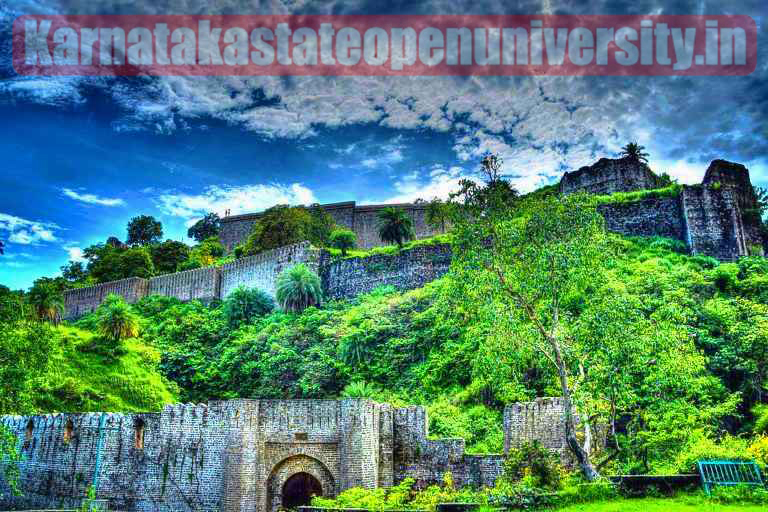
Kangra Fort Details
| Article for | Kangra Fort Himachal Pradesh Architecture, History All you need to Know In 2024 |
| Kangra Fort Himachal Pradesh Architecture, History All you need to Know In 2024 | Click Here |
| Category | Travel |
| Official website | Click Here |
click here:- Lohagad Fort Maharashtra History
History of Kangra Fort
It is believed that Maharaja Susharma Chandra of the Katoch dynasty make the Kangra fort around 3500 years ago. In the Mahabharata, the Kauravas and the Maharaja Shushant Sharma participate in the Battle of Kurukshetra. He took Trigarta under his control after being defeat, and he built the Kangra fort. The Kangra post house the sanctuary of Brijeshwari. As a result, devotees gave and receive numerous valuable gifts. This fort became a frequent target for other rulers and foreign invaders because it was thought to hold unimaginable treasures. The main ruler to go after the stronghold was Raja of Kashmir Sreshthha in 470 Promotion. Mahmud of Ghazni invaded the fort for the first time in 1009 AD. The Turkish Sultan Muhammad Bin Tughluq followed in his footsteps, and Firoz Shah Tughluq took over after his death.
The only reason these foreign invaders attacked the fort was to find treasure. During his invasion, Mahmud is said to have kill everyone in the fort and loot 21 wells of wealth. In 1620, Akbar’s son Jahangir finally took the Kangra Fort after making 52 failed attempts to reclaim it from the Turks.
Ahmed Shah Abdali appointed Ghamand Chand, a Katoch heir, as governor of Jalandhar in 1758. His grandson Sansar Chand reinforced his powers lastly crushed the ruler Saif Ali Khan and recuperated the lofty position of his progenitors in 1789. Sansar Chand established himself as a powerful ruler by annexing numerous neighboring kingdoms. After that, the defeated kings went to the Gurkha commander Amar Singh Thapa for assistance.
Architecture of Kangra Fort
According to an inscription at the entrance, the Kangra fort’s entrance is through a small courtyard surround by two gates known as “Phatak.” These gates only date from after the Sikh period. Through the Ahani and Amiri Darwaza, both attributed to Nawab Alif Khan, the first governor of Kangra appointed under the Great Moghuls, a long and narrow passage leads from here to the top of the magnificent fort. The Jahangiri Darwaza, which has the entire appearance of a Muhammadan building and, base on its name, would appear to have been raise by Jahangir after his conquest of the Fort in A.D. 1620, is approximately 500 feet from the outer gate.
Two fragments of a white marble slab with a Persian inscription were found in 1905 in a sunken panel above the gate in question. It almost certainly serves as a record of Jahangir’s takeover of the Fort. Even though most of the fort is gone now, the royal structure that was there once is easy to imagine. In addition to being an impressive architectural structure, Kangra Fort also provides a mesmerizing view from its roof.
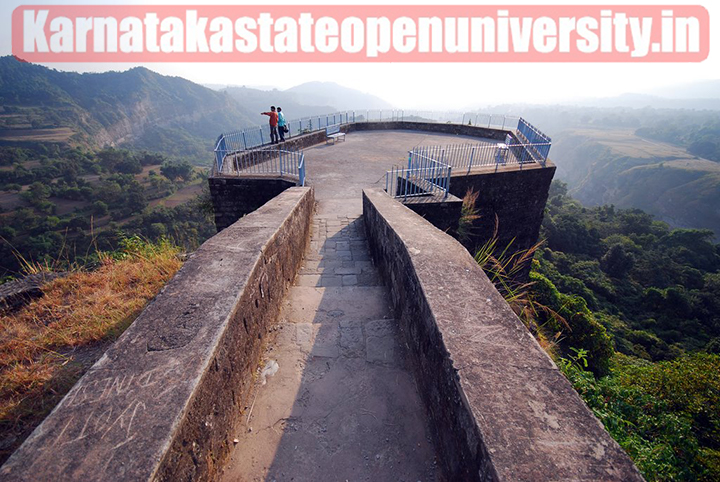
Inside the Kangra Fort
The term “treasure wells” was use at the beginning of the article. There were 21 of these wells, each with a diameter of 2.5 meters and a depth of 4 meters. According to the records, Mahmud, the Sultan of Ghazni, stole eight wells. Additionally, according to locals, eight wells have not yet been discover.
Maharaja Ranjit Singh Gateway
The initial gate was actually the last construction in Kangra built by Sikh King, Maharaja Ranjit Singh. Followed by this path is a huge water tank and nothing more before you could move to the next gateway.
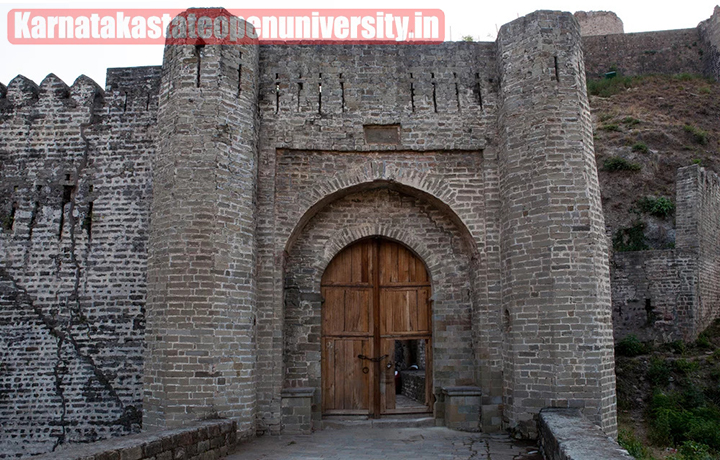
Ahani Gateway
A dome-shape opening can be seen on one of the sides of this door, which has two distinct stories. Iron spikes protect the Ahani gate in the event of an attack. Amiri gate is the name of another building that comes after this doorway. This is said to have been build by a Muslim ruler for the nobles.
Jahangir Gateway
You can trek uphill after the Amiri gate, where you can see Kangra Fort’s lower defensive walls. Visitors can then see the Jahangir Gate, which was clearly built by him and was given his name. It is said that this is a sign that the Mughal emperor won the battle against the fort. The gate was add on top of a gate that was already in place at Kangra Fort.
Ambika Mata Temple
This temple is next to the ruins in the courtyard. You can see the heighted pillars and carved black stones all around the temple of Ambika. Mata Ambika is said to be the clan deity of Katoch rulers of. From her, the dynasty started and create a history. Thus, the importance of this temple gains tourists attentions in Kangra.

Jain Temple
The Jain Temple is the next stop on your tour. This temple, which was build while Lord Adinath was still alive and is right next to the Ambika Temple, has significance for the Jain faith. When certain Jain festivals arrive and the community wishes to celebrate at this auspicious location, this significance is maintain even today.
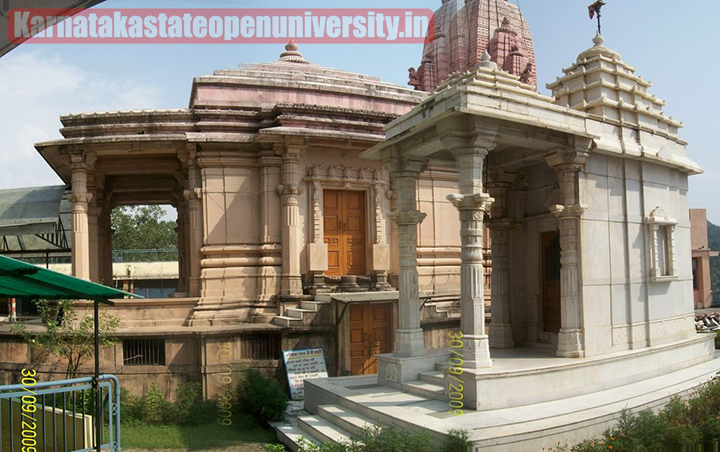
Laxmi Narayan Temple
Through the Darshini Gate on the left side, there is a carve stone that attracts the travelers automatically. That was the actual place where Laxmi Narayan used to reside. You may walk inside through the door but the construction is quite ruin to understand its real design.
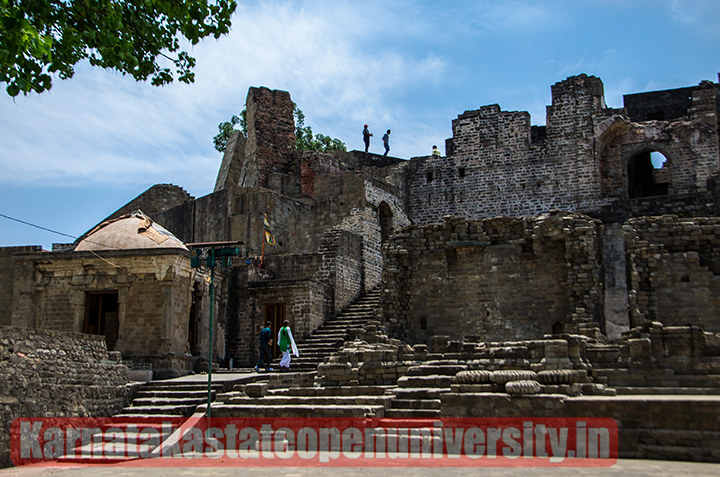
Maharaja Sansar Chand Museum
This is the Katoch family tribute where some ancestral belongings are kept for display and speak loud about their glorious days in Maharaja. The museum contains old books, ancient weaponry, jewelry, and outfits of princes and princesses.
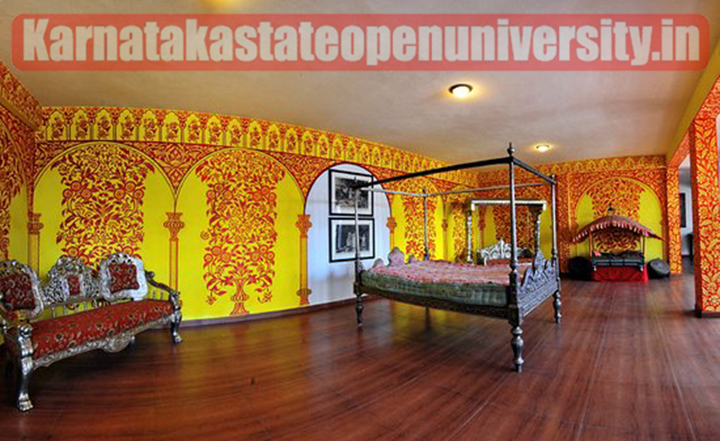
check:- Nahargarh Fort Jaipur History
Facts about Kangra
- The Kangra Fort has a strong and lengthy history of attacks and due to this charm, some new and modified constructions took the place which are very diverse from its initial architecture.
- The sunset at Kangra Fort is a beautiful occasion and is a main contributor in driving tourists to the Kangra Fort.
- Due to 1905 earthquakes, the Kangra fort even went through a huge destruction and hence, slight changes can be witness.
- After Akbar’s son, Jehangir took possession of Kangra Fort, a mosque was build inside the arena of.
- Being settle in the mountains, there are a lot of trekking tasks inside the Kangra fort as well.
Best time to visit
The best time to visit Kangra Fort is from September to June month. If you want to explore the Kangra Fort, go sightseeing, and visit all the famous temples, the time between September and November month will be ideal. Summer here lasts from May to June when the temperature remains between 22 and 30 degrees Celsius, which that is comfortable and pleasant for hikers and trekkers.
However, The winter months, especially January, tends to be too cold with temperatures sometimes dipping below zero in. If you are sensitive to cold climates, that it would be best to avoid the winter months.
Reviews
In Mahabharat, Kangra was refer to as “Bhimkot.” It was a component of an earlier “Trigarta.” As a result, there are three rivers in the territory: the Beas, the Ravi, and the Satluj as a result, the fort, which was own by Maharaja Sushma Chandra, was given the name Kangra. The Mahabharata claims that Kangra Fort was establish by King Susharama Chandra. Bhim Kot was its former name. One of Himachal Pradesh’s most popular tourist destinations is the largest fort, the Fort of Kangra. The quantity of assaults and the wells of fortune is the purpose for its ubiquity. Despite numerous attacks on the Kangra Fort Kila, Mughal Emperor Jehangir is said to have been the only Muslim ruler to take control of the Fort in 1620 from the Raja of Chamba.
In addition, a mosque was construct within the Kangra fort.Raja Sansar Chand Bahadur II, a descendant of Raja Dharam Chand, began a series of conquests of Kangra with the support of Sikh leader Jai Singh Kanhaiya of the Kanhaiya misl as the Mughal empire began to fall apart.
Related Posts:-
Jhansi Fort The Legendary Fort of Rani Laxmi Bai All you need to Know In 2024
Ranthambhore Fort Sawai Madhopur All you need to know In 2024
Red Fort Delhi All you need to Know In 2024
Jaisalmer Fort: Golden Fort of Rajasthan All you need to Know In 2024

